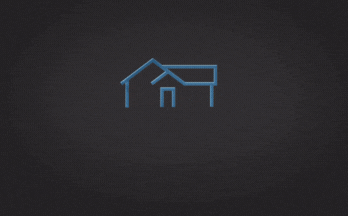
Deal with Credit Card Interest
Paying too much interest on your credit card is a common trap many Canadians fall into. In fact, the credit card companies keep the minimum payment low (around 3%) so you won't notice the 18.9% average interest they charge on outstanding balances.
Here's a typical payment scenario
Let's say you run up a holiday debt of $8,000.
- Your January bill will show a minimum payment of $240. If you stick to this monthly amount at 18.9% interest, it will take you 4 years to pay off the debt.
- During that period, you will pay $3,461 in interest charges, bringing your total to $11,461!
Here are a few simple tips to ensure that you don't pay more interest than you need to.
Know Your Credit Card Payment Cycle
Let's face it; Canadians carry huge balances on their cards, and at an average of 18.9% interest, banks are raking in huge profits. Credit cards can work to your advantage if you use them properly. Find out how!
Here are a few tips about your credit cards payment cycle:
- 1. Your credit card may allow up to 50 days interest-free credit on your purchases if you pay off the full (not minimum) balance every month.
- 2. Buy early in the payment cycle, and you'll get the maximum interest free period. Your minimum is the grace period - 19 days in the example above.
To take advantage of the payment cycle, first it's important to know what your cards interest free periods are. The following is very typical of Canadian credit cards:
- 1. The time between the purchase and the end of the billing period,
- 2. A grace period between the statement date and the payment due date.

Read your card agreement to determine the payment cycle. A great resource for comparing conditions on different cards is the Financial Consumer Agency of Canada (FCAC) web site at https://www.canada.ca/en/financial-consumer-agency.html.
Designate One Credit Card as Your 'Work Horse'
You heard right - you can make money on a credit card! The trick is to choose one credit card to be your workhorse, and then one back up card for emergencies. Then cancel all the other credit cards you don't use. These can include department stores cards and gas cards that typically charge higher interest rates.
When selecting your workhorse credit card, choose one that offers points and/or discounts at specific retailers. There are several Canadian credit cards where you can earn travel rewards/points, CAA points, Costco rebates and more. Click here for a list of credit card criteria you should look for.
By using just one credit card, your travel points or other perks will be significant enough to make good use of, and you'll also avoid the impossible task of trying to keep track of 6 or more payment cycles.
Here's a scenario where the cardholder makes a profit!
A major gold card charges $120 per year annual fee, and pays one travel point for every dollar you spend, plus free rental car insurance.
- If you charge $20,000 on your card in a year, you will receive 20,000 travel points.
- These redeem for $300 off your holiday air ticket. If you rent a car for 2 weeks, you'll save about $6 per day in collision insurance - another $84.
After your annual fee, this leaves you with a profit of $264! And that doesn't include the interest you may have earned while taking advantage of the interest-free periods on the card.
Web site content is for informational or illustrative purposes only and is not be considered or used as a substitute for professional financial advice from an accountant, lawyer or certified financial planner. Click here to view our full legal disclaimer.




 Plan your spending - Before you buy something new, give the idea a 24-hour cooling-off period. If you have trouble following this trick, simply put your credit cards in a bag of water, and put it in the freezer. This way you'll have to wait 24-hours!
Plan your spending - Before you buy something new, give the idea a 24-hour cooling-off period. If you have trouble following this trick, simply put your credit cards in a bag of water, and put it in the freezer. This way you'll have to wait 24-hours!



